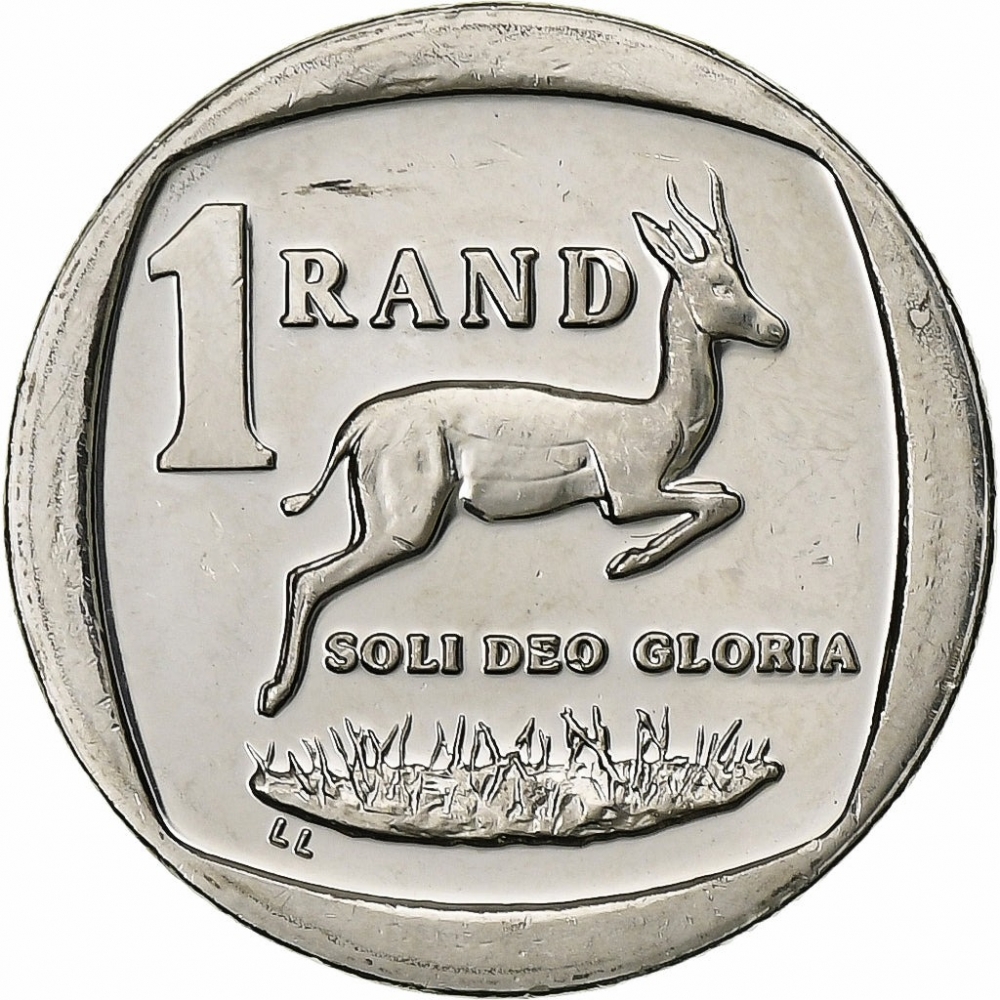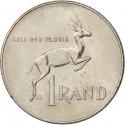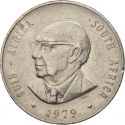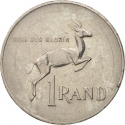You are about to finish your registration. Please check your mailbox (including spam folder). There should be a letter with a confirmation link. Check setting to make sure that your e-mail address is correct.
Send letter again
Obverse

|
New national coat of arms for South Africa (adopted on 27 April 2000), inscribed in a square. On both sides, the country name displayed in Zulu and Xhosa, date above. 2016 |
|---|---|
Reverse

|
The Springbok (Antidorcas marsupialis) is a medium-sized antelope found mainly in southern and southwestern Africa. 1 RAND |
| Edge |
1 Rand
iNingizimu Afrika - uMzantsi Afrika
KM# 333 Hern# Ng17 Schön# 360
Characteristics
| Material | Nickel Plated Copper |
| Weight | 4 g |
| Diameter | 20 mm |
| Thickness | 1.8 mm |
| Shape |
|
| Alignment | Medal |
| Mint |
South African Mint (SA Mint)
|







